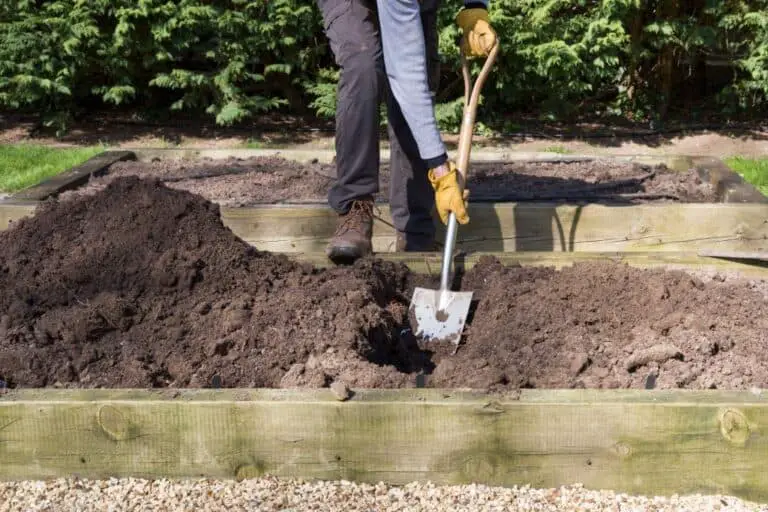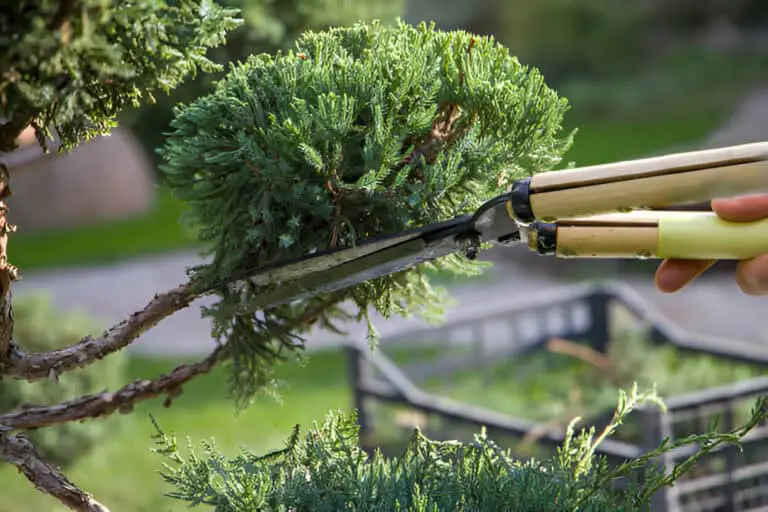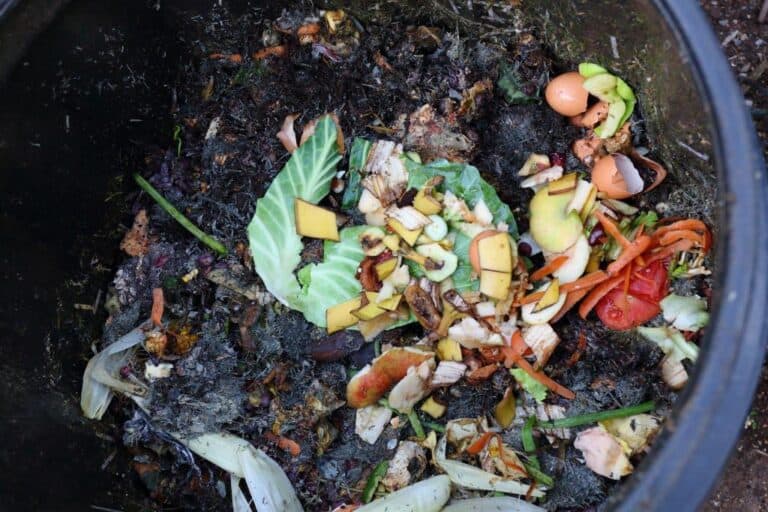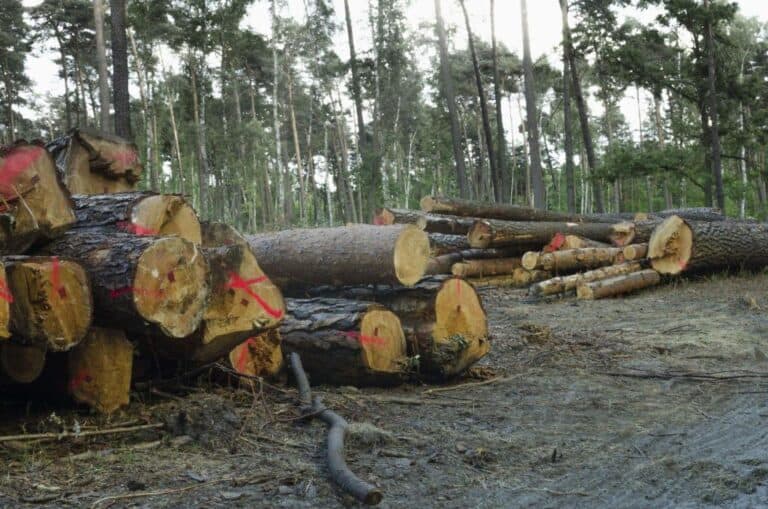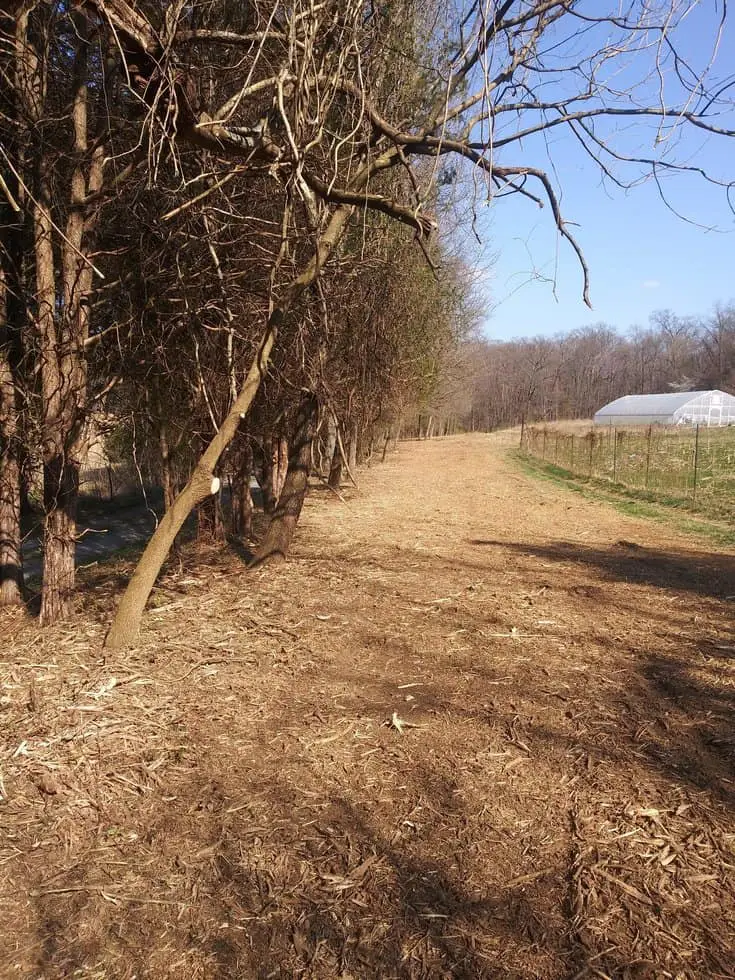How to Add Topsoil to Existing Soil? Step-by-Step Instructions
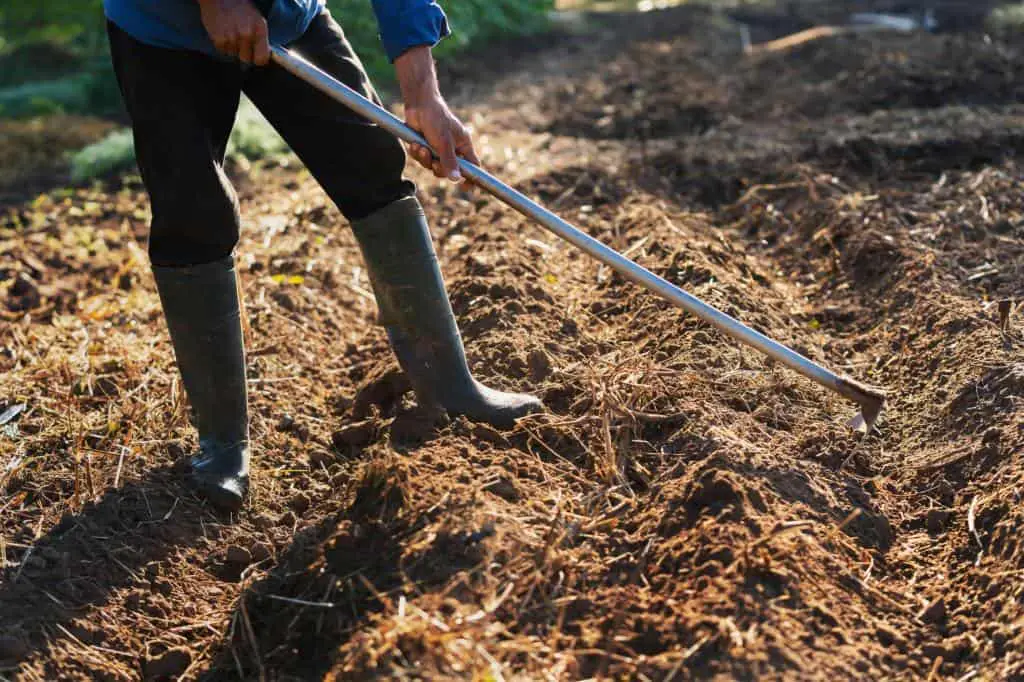
When it comes to gardening or landscaping, one of the fundamental aspects is having healthy and nutrient-rich soil. Sometimes, however, the soil in your garden or yard might not be up to the mark. It might lack essential nutrients, have poor drainage, or simply not provide the ideal environment for your plants to thrive. In such cases, adding topsoil to your existing soil can be a game-changer.
In this comprehensive guide, we’ll walk you through step-by-step instructions on how to add topsoil to existing soil. Whether you’re a seasoned gardener or a novice, these tips will help you enrich your soil and create the perfect foundation for your plants to flourish.
Understanding the Importance of Topsoil
Topsoil is the uppermost layer of soil found in your garden or landscape, and it’s like the lifeblood of healthy plant growth. Think of it as the earth’s skin, where the magic happens. This layer is teeming with essential nutrients, organic matter, and a bustling community of microorganisms, all crucial for plant health. It’s the very foundation upon which lush gardens and vibrant landscapes are built.
Without sufficient topsoil, your soil may become barren and inhospitable to plants. Problems like poor drainage, nutrient deficiency, and compacted soil can wreak havoc on your garden.
Water may accumulate around your plant’s roots, leading to root rot and stunted growth. Inadequate nutrients can cause your plants to wither and struggle. Plus, compacted soil makes it challenging for roots to penetrate and thrive. Therefore, the importance of topsoil in your garden and landscaping endeavors cannot be overstated.
Why Add Topsoil to Existing Soil?
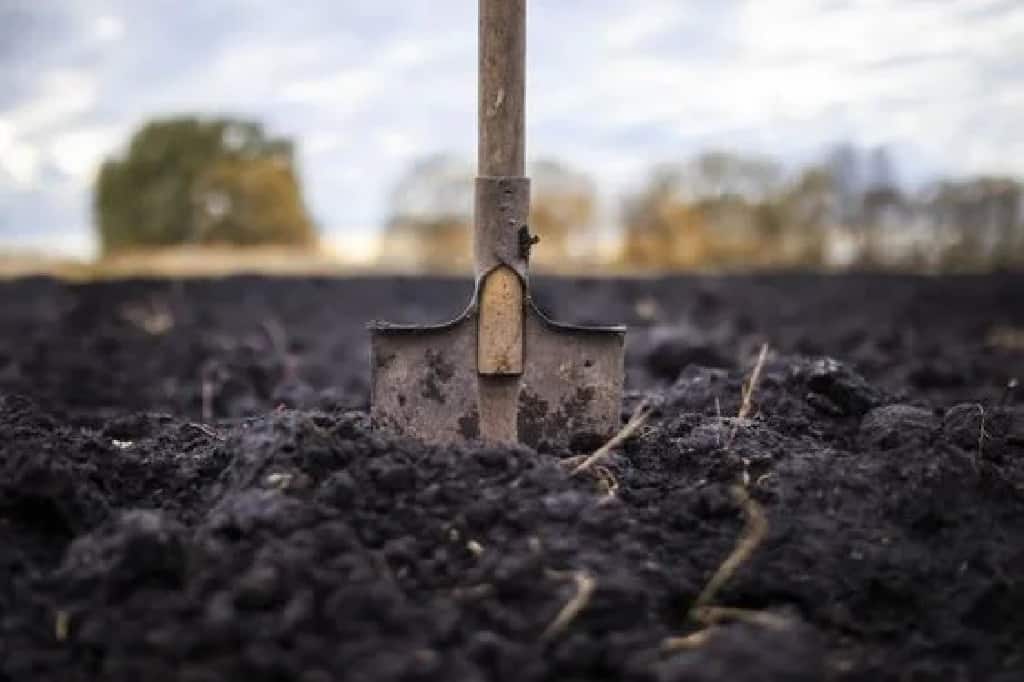
Before diving into the process, let’s understand why adding topsoil to your existing soil is beneficial. Topsoil is the uppermost layer of soil, and it’s typically rich in organic matter and essential nutrients. Here are some reasons why you might consider this soil improvement technique:
- Enhanced Nutrient Content: Topsoil is nutrient-rich, providing plants with the essential elements they need to grow healthy and strong.
- Improved Drainage: If your existing soil has drainage issues, adding topsoil can help improve water movement and prevent waterlogged roots.
- Better Soil Structure: Mixing topsoil with your existing soil can enhance its structure, making it easier for roots to penetrate and access nutrients.
- Enhanced Microbial Activity: Topsoil often contains beneficial microorganisms that contribute to soil health.
Now that you understand the benefits, let’s get into the nitty-gritty of adding topsoil to existing soil.
Step-by-Step Instructions to Add Topsoil to Existing Soil
Step 1: Assess Your Existing Soil
The first step is to assess your current soil situation. Understanding your soil’s composition and any existing issues will help you determine how much topsoil you need to add and what amendments might be necessary.
| Soil Type | Texture | pH Level | Drainage | Nutrient Content |
| Sandy | Coarse | 6-7 | Excellent | Low |
| Clay | Fine | 7-8 | Poor | High |
| Loam | Balanced | 6-7 | Good | Moderate |
Step 2: Gather Your Materials
Here’s what you’ll need:
- Topsoil: Purchase high-quality topsoil from a reputable source. The amount you need depends on the size of the area and how deep you want to amend the soil.
- Tools: You’ll need basic gardening tools like a shovel, rake, and wheelbarrow for moving and spreading the topsoil.
Step 3: Prepare the Area
- Clear the Area: Remove any debris, rocks, weeds, or old mulch from the area where you plan to add topsoil.
- Loosen the Soil: Use a shovel or garden fork to gently loosen the top few inches of your existing soil. This will help the new topsoil blend with the old soil.
Step 4: Spread the Topsoil
Evenly spread the topsoil over the prepared area. Aim for a layer of topsoil that is about 2-4 inches thick.
Pro Tip: If you’re not sure how much topsoil you need, you can use this formula: Length (ft) x Width (ft) x Depth (inches) ÷ 324 = Yards of Topsoil Needed.
Step 5: Mix the Topsoil with Existing Soil
Using a rake or garden fork, blend the newly added topsoil with your existing soil. This mixing process is essential to ensure that the nutrients and organic matter from the topsoil are integrated into the existing soil.
Step 6: Level and Smooth
After mixing, level the soil surface with a rake to create an even and smooth surface. This will make it easier to plant seeds or lay sod.
Step 7: Water Thoroughly
Once you’ve added and blended the topsoil, water the area thoroughly to help settle the soil and eliminate air pockets.
Step 8: Plant or Sow
Now that your soil is prepped and enriched, you can proceed with planting your desired plants, flowers, or grass seeds.
Step 9: Mulch (Optional)
Consider adding a layer of organic mulch on to topsoil. This helps retain moisture and suppress weeds.
Step 10: Maintain Your Soil
Regularly monitor your soil’s moisture levels and nutrient content. Depending on your plants’ needs, you may need to fertilize and water accordingly.
Methods for Calculating the Amount of Topsoil Required
When it comes to adding topsoil to your garden or landscaping project, knowing the right quantity is essential. To determine the amount of topsoil you need, you’ll want to consider the project’s dimensions. Here are some straightforward methods:
- Simple Calculation: Measure the length, width, and desired depth of the area you intend to cover with topsoil. Multiply these dimensions together to find the volume in cubic feet. Then, divide that number by 27 to convert it to cubic yards. This method works well for rectangular or square areas.
- Circular Areas: If your project area is circular, measure the radius (distance from the center to the outer edge) and the desired depth. You can use the formula: πr²h, where π (pi) is approximately 3.14, r is the radius, and h is the depth.
- Online Calculators: For irregularly shaped areas, you can find online topsoil calculators that simplify the process. Input your measurements, and they’ll do the math for you.
Factors Affecting the Quantity Needed
Several factors can influence the quantity of topsoil required for your project. These include:
- Depth: The depth to which you want to add topsoil plays a significant role. For shallow applications, you won’t need as much topsoil as for deeper layers.
- Area Size: Naturally, the larger the area you’re covering, the more topsoil you’ll need. Measure the dimensions accurately to avoid shortages or excesses.
- Compaction: If your existing soil is compacted, you may need more topsoil to achieve the desired depth and quality.
Avoiding Overuse or Underuse of Topsoil Through Accurate Calculations
Precise calculations ensure you neither overuse nor underuse topsoil. Overusing it not only increases costs but can also lead to drainage problems, while underusing it may not provide the desired nutrient-rich environment for your plants. By following these methods and considering the factors involved, you can strike the right balance and ensure your project thrives with just the right amount of topsoil.
Can I Use Homemade Compost as a Substitute for Topsoil?
Absolutely! Homemade compost can be a fantastic substitute for topsoil, and here’s why. Compost is like nature’s gold for your garden or landscaping projects. It’s a nutrient-rich, organic material created from decomposed kitchen scraps, yard waste, and other organic matter. When you use homemade compost, you’re infusing your soil with a powerhouse of nutrients and beneficial microorganisms that promote plant health and vitality.
One of the primary advantages of using homemade compost is its ability to enhance soil quality. It’s like a multi-vitamin for your plants, supplying essential nutrients such as nitrogen, phosphorus, and potassium. These nutrients are the building blocks for robust plant growth, vibrant flowers, and bountiful harvests.
Compost also works wonders for your soil structure. It improves aeration and water retention, preventing soil compaction and ensuring that plant roots have the space they need to grow and access nutrients. This means healthier, happier plants and a more productive garden. Plus, compost acts as a natural buffer, helping your soil maintain a stable pH level, which is crucial for nutrient uptake by plants.
Conclusion
Different soil amendment techniques and topsoil application methods are what drive the transformative process of adding topsoil to your existing soil. It’s your key to improving existing soil and creating a thriving foundation for your garden beds or landscaping projects. By understanding the importance of topsoil and the role it plays in soil enrichment, you’re armed with valuable insights that will make your gardening endeavors a breeze.
Topsoil application methods are diverse, ensuring flexibility in catering to the specific needs of your soil. Whether you’re dealing with sandy, clay, or loam soil, these techniques provide the means to enhance soil structure and nutrient content effectively. By adding topsoil to garden beds, you’re taking a step towards nurturing your plants and ensuring their long-term health.
So, as you embark on your gardening journey, remember the soil enrichment tips you’ve learned here. With the right topsoil application methods and soil amendment techniques, you have the tools to create a flourishing garden that thrives and blooms year after year. Happy gardening!
FAQs on Soil Amendment Techniques
What is the best time to add topsoil to existing soil?
The best time to add topsoil to existing soil is typically in the early spring or late fall when the weather is mild. This allows the soil to settle and plants to establish roots before extreme weather conditions.
Can I mix topsoil with my existing soil or should it be layered on top?
You can either mix topsoil with existing soil or layer it on top, depending on your goals. Mixing is ideal for improving overall soil quality, while layering can help create a better environment for specific plants or turf.
Is it necessary to fertilize when adding topsoil to existing soil?
It’s not always necessary to fertilize when adding topsoil, but it can enhance plant growth. Consider a soil test to determine nutrient needs and choose a balanced fertilizer accordingly.
Can I reuse old topsoil from a previous project?
You can reuse old topsoil if it’s still in good condition, but it’s essential to replenish its nutrients and organic matter before use.
How often should I add topsoil to my garden or landscaping?
The frequency of adding topsoil depends on your soil’s condition. Typically, it’s done every 2-3 years to maintain soil quality.
Are there any precautions to take when buying topsoil from a supplier?
When buying topsoil from a supplier, check for certifications, ask about the source and composition, and inspect the soil’s texture and smell.
What are the benefits of mulching on top of newly added topsoil?
Mulching on top of newly added topsoil helps retain moisture, regulate temperature, reduce weed growth, and improve overall soil health.
How long does it typically take for topsoil amendments to show noticeable improvements in plant health?
Topsoil amendments can take several months to a year to show noticeable improvements in plant health. The timeline depends on factors like soil type, climate, and plant species. Regular monitoring and maintenance are essential during this period.

